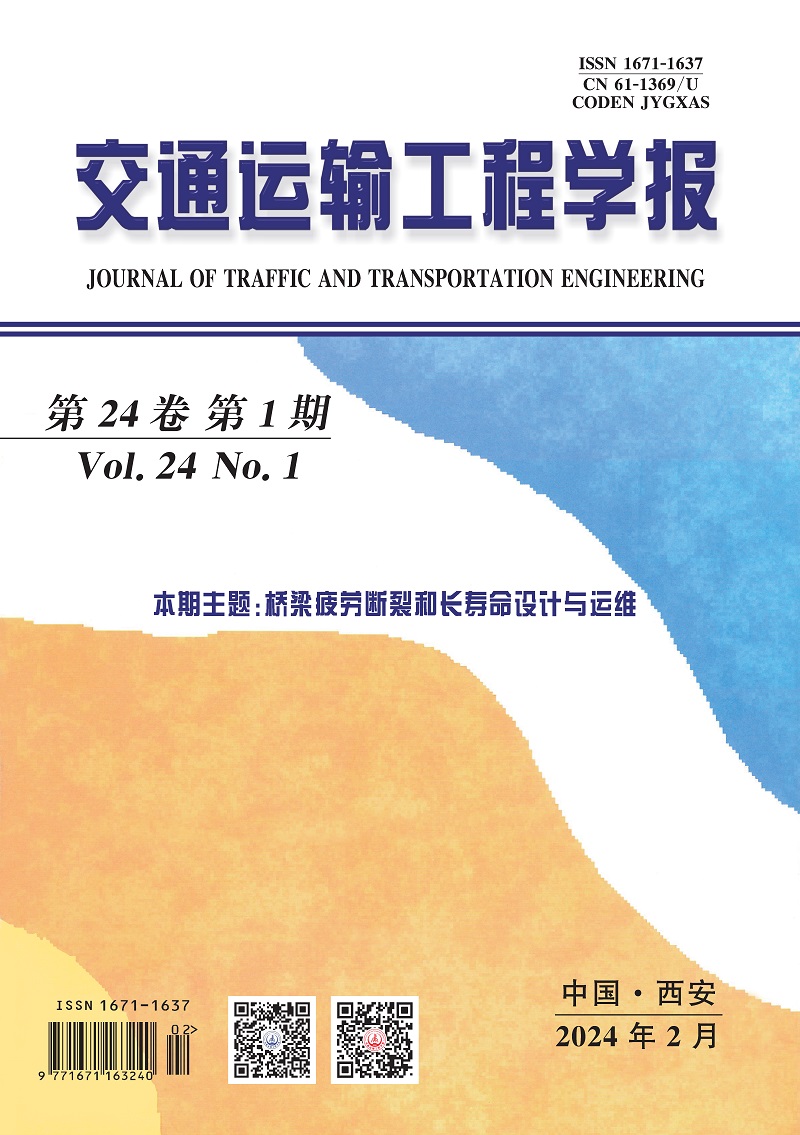2017 Vol. 17, No. 2
Display Method:
Abstract:
2017, 17(2): 1-11.
Abstract:
2017, 17(2): 12-20.
Abstract:
2017, 17(2): 21-30.
Abstract:
2017, 17(2): 31-40.
Abstract:
2017, 17(2): 41-51.
Abstract:
2017, 17(2): 52-63.
Abstract:
2017, 17(2): 64-72.
Abstract:
2017, 17(2): 73-82.
Abstract:
2017, 17(2): 83-89.
Abstract:
2017, 17(2): 90-97.
Abstract:
2017, 17(2): 98-105.
Abstract:
2017, 17(2): 106-116.
Abstract:
2017, 17(2): 117-125.
Abstract:
2017, 17(2): 126-135.
Abstract:
2017, 17(2): 136-142.
Abstract:
2017, 17(2): 143-150.
Abstract:
2017, 17(2): 151-158.




